How I Spent my First $50 From Steemit → How the Library Changed my Life. The Impact of Patronage on Art.
How I Spent my First $50 From Steemit
On February 1st, 2018, I received my first $50 from Steemit. Even as I was watching my first posts increase in SBD value, the realization that this cryptocurrency had legitimate real-world value hadn’t fully hit me. I had never earned money by simply sharing my articles and photographs on the Internet, so the idea that they were generating revenue on Steemit seemed too good to be true. But when the first payout arrived in my bank account, I woke up to the reality and the potential of the Steemit platform!
Out of gratitude toward this platform and its community, I intend to share how I spent those first $50. A primary goal in my life is to learn as much about Art as I can, and to share what I’ve learned with the communities that support artists and art professionals alike. Thus I figured that a wise way to spend the money would be on Art-related books.
So I compiled a list of books that I planned to purchase with this money, with which I could continue my education, and then donate to my local public library when I had finished reading them.
I chose only the books that have received high reviews from numerous readers, and were not yet available to my library or as a free PDF online. I managed to find and afford three books, two used and one new, whose costs were a bit higher due to the recency of their publishing.
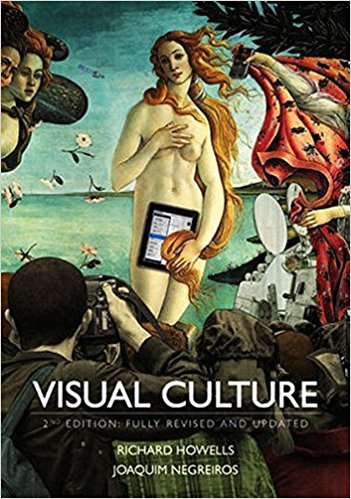
Visual Culture by Richard Howells Joaquin Negreiros, 2012
"An introductory textbook on visual literacy, exploring how meaning is both made and transmitted in an increasingly visual world. It is designed to introduce students to the analysis of all kinds of visual texts, whether drawings, paintings, photographs, films, advertisements, television programmes or new media forms."
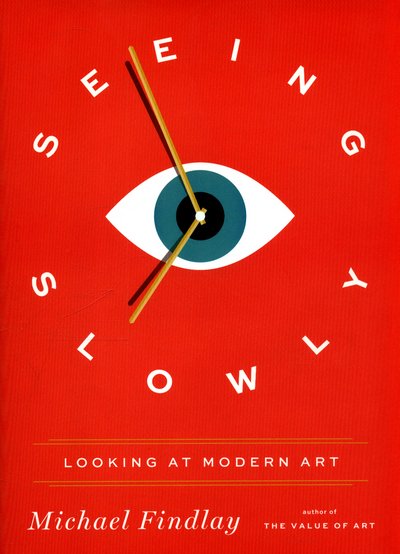
Seeing Slowly by Michael Findlay, 2017
"When it comes to viewing art, living in the information age is not necessarily a benefit. So argues Michael Findlay in this book that encourages a new way of looking at art. Much of this thinking involves stripping away what we have been taught and instead trusting our own instincts, opinions, and reactions. 'The most important thing for us to grasp,' writes Findlay, 'is that the essence of a great work of art is inert until it is seen. Our engagement with the work of art liberates its essence.'"
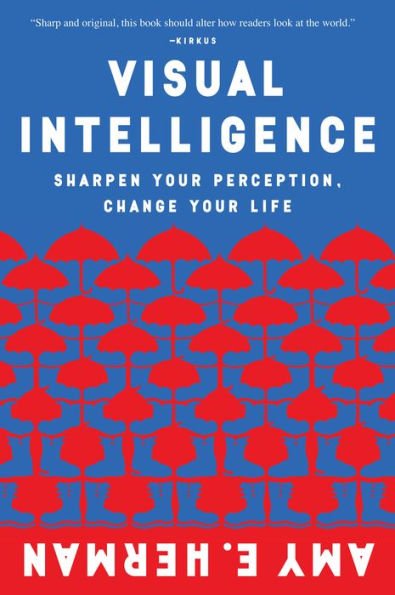
Visual Intelligence: Sharpen Your Perception, Change Your life,
by Amy E. Herman, 2015
"How could looking at Monet’s water lily paintings help save your company millions? How can checking out people’s footwear foil a terrorist attack? How can your choice of adjective win an argument, calm your kid, or catch a thief?"
Free PDFs:
The following books were also highly relevant, but were freely available as PDFs online. Thus I included the following list of these PDFs for Steemians to access and benefit from:
If It's Purple, Someone's Gonna Die: The Power of Color in Visual Storytelling
.PDFby Patti Bellantoni
(Rated 3.5 out of 5 stars on Goodreads.com)
Art and Visual Perception
.PDFby Rudolf Arnheim
(Rated 4 out of 5 stars on Goodreads.com)
Art and Illusion, A Study of Psychology of Pictorial Representation
.PDFby E. H. Gombrich
(Rated 4 out of 5 stars on Goodreads.com)
Art as Experience
.HTMLby John Dewey
(Rated 4 out of 5 stars on Goodreads.com)
Ways of Seeing
.PDFby John Berger
(Rated 3.75 out of 5 stars on Goodreads.com)
Meaning in Visual Arts
.PDFby Erwin Panofsky
(Rated 4 out of 5 stars on Goodreads.com)
How the Library Changed My Life, and Kickstarted My Career.
I strongly believe that public libraries are one of the most important institutions in the world, and that the resources they provide are life-changing. There is a growing community of artists and art professionals where I live, and the public library is an untapped artistic resource. I certainly know I wouldn't have wound up where I am without my community's library. Thanks to Steemit, I can help to expand this resource one book at a time.
My Story:
In May 2016, I graduated from a two-year technical program in photography. During my time in that program, I quit my part-time job, choosing instead to supplement my full-time education with my own independent art study. When I wasn’t working on my college projects, I was visiting museums and galleries, reading essays and books, and volunteering as a shop-hand assistant for a locally renowned portrait painter. The weekend I finally graduated, my partner left me and I was without a job. I suddenly found an enormous amount of free time on my hands, and no idea what to do with it.
I remember something whispering in the back of my mind, “just keep studying.” So I went to the local library and found a book titled, "The Value of Art” by art dealer and market expert Michael Findlay. It was an interesting book, with plenty of anecdotes from his years of dealing with artists and artworks. But one story in particular stood out to me, a story about the poster children of art collecting.
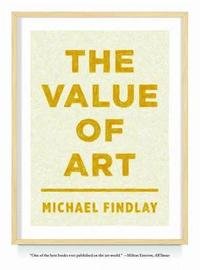
Herbert and Dorothy Vogel were a working class couple who decided to spend their humble earnings on collecting art. They closely followed their taste and gut instinct, and by the end of their lives, they had amassed an art collection now worth hundreds of millions, which they eventually donated to American museums in all 50 states. Their story instilled the belief in me that collecting meaningful art on an ordinary budget was not only a possibility, but a reality for ordinary folk like Herbert and Dorothy. Though I had no real budget for collecting art, especially during this period in my life, it donned on me that art collecting was completely feasible. And I figured that if I were going to believe it, then there was no harm in getting a head start on learning the process.
After I read that story, I began to Google searching for art collecting on a budget. One of the first articles that turned up was a forum post by an art collector named Stephen Chow, who was establishing “The Chow Collection.” His goal: to build the next Isabella Stewart Gardner Museum on a budget average of $1000 per piece. I was impressed and intrigued with the collection he had surmounted, as well as with the information he shared on his collecting process. He even went as far as to publish quality booklets with relevant information for each artwork in his collection. I decided to contact him to learn more about his process, and to ask for any advice he had for me.
Stephen responded in several incredibly informative emails outlining his thoughts on art and his rules for art collecting. But the one rule that caught my attention? He only collects originals, allowing no room in his budget for prints nor duplicates. As a photographer, I thought, “Wait a minute, all of my artworks are prints,” Photography was my beloved medium, so I couldn’t help but to inquire as to what might make prints more appealing for collectors like himself. He responded by thoroughly explaining his aversions toward print collecting, but before I could thank him for his thoughts and opinion, he followed up with another email: “John, I liked "Penalty Box" so much that I bought one, I look forward to seeing it! I eat my words :)” Needless to say, I was surprised by his response and thankful for his support. We continued exchanging emails over the course of the next four months, discussing the nature of art and collecting.
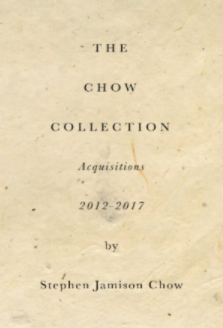
Around the same time, I sold my equipment to afford print making and framing to display my works in the 2016 Ann Arbor Art Fair. It usually costs thousands to attend this event, but I was one of several emerging artists chosen to display their work for free under the NaNa program. What seemed like a great opportunity turned out to be a financial failure. My market simply wasn't there. I managed to find a part-time job as a picture framer to begin recovering the loss, but I knew it’d be six months to a year before I could afford the proper equipment. I remember picking up a magazine and seeing my dream camera, wondering how long it would be before I could get back to making my work. I prayed, “Lord, if it’s in Your will to work through my photography, please deliver a path.”
The next morning I woke up with an idea, seemingly out of nowhere, to write out a proposal for funding a dream project with a five-figure balance. I decided that, if Stephen were interested, I would present this proposal asking for his financial support, outlining all the gear I needed and the type of work I wanted to create. At first hesitant to propose the idea, in fear for possibly offending him, I let the idea rest on the wayside. But a week later, I came upon a quote by Joseph Campbell: “The cave you fear to enter holds the treasure that you seek.” It felt like a message from God.
I bit the bullet and sent Stephen an email. Eleven days and several emails later, I had $20,000 in funding for a fine art photography project, to be completed over the next four years. I still remember driving my car down the highway, crying and thanking God for His direction.
And it all started because I read a book that I found at my local library, because I chose to follow a little whisper in the back of my mind.
The Value of the Patron of the Arts
As a serious art collector, Stephen J. Chow holds strong and solid beliefs about the role of art collectors and benefactors. These are just a few of the statements Stephen has made publicly on his Instagram, a profile I strongly recommend you explore:
As an artist, I can only attest to the impact of Stephen’s patronage in my career. Effectively shaving years off of working multiple part-time, low-wage jobs, his support has allowed me to leap ahead and focus on what matters to my growth as an artist. But I think an even greater impact has been the fact that he was willing to back up his faith in my vision. His patronage reinforced my belief in what I was doing, and the challenge of living up to that has opened my eyes to both my strengths and weaknesses. To meet someone else who takes art as seriously as I do has stoked the fire within, spurring me on to continue diving deeply in pursuit of my creative vision, and toward the understanding of the powers of Art.
Another benefit that Art-devoted patrons provide is the guidance through their wisdom and through their own personal visions for Art. Stephens beliefs, tastes, and aspirations have inevitably advised my own, and inspired me to seek out higher standards for my work. As patrons are invested in the quality of the work coming from their beneficiaries, their feedback is both intentional and highly relevant. Patrons are positioned to assess and to influence the tastes of the public and the direction that artists take in their work, especially when they pay closer attention to artwork than most of the general public.
Two great contemporary artists who Stephen supports are Anthony Gunin and Yuri Yunin, both employing their incredible craftsmanship and iconographic understanding to manifest luminous Russian icons. Their works are laden with symbolism and rich ornamentation, their strong geometry forming powerful compositions.
Stephen believes these relatively unknown artists are creating masterpieces that are under-appreciated, faced with a great disproportion between the masterful quality of their work against the lack of representation for their practice in contemporary galleries and art museums. Here are a few of my favorite works that he has commissioned from them:
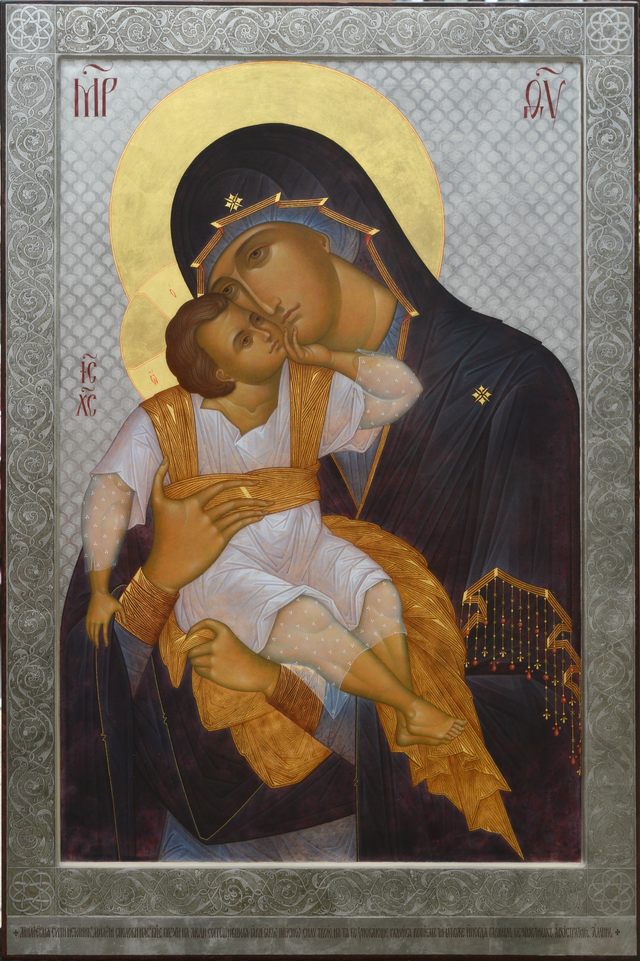
Panagia Glykophilousa, by Anthony Gunin
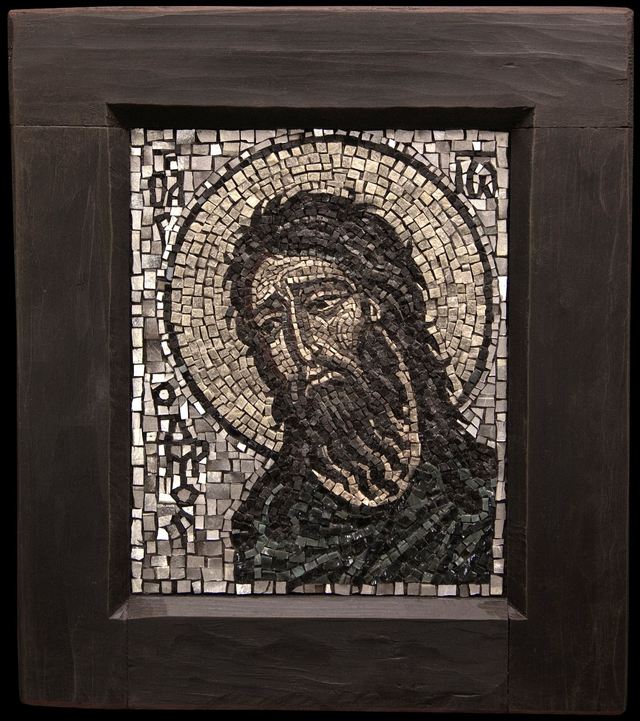
St. John the Baptist, by Yuri Yarin
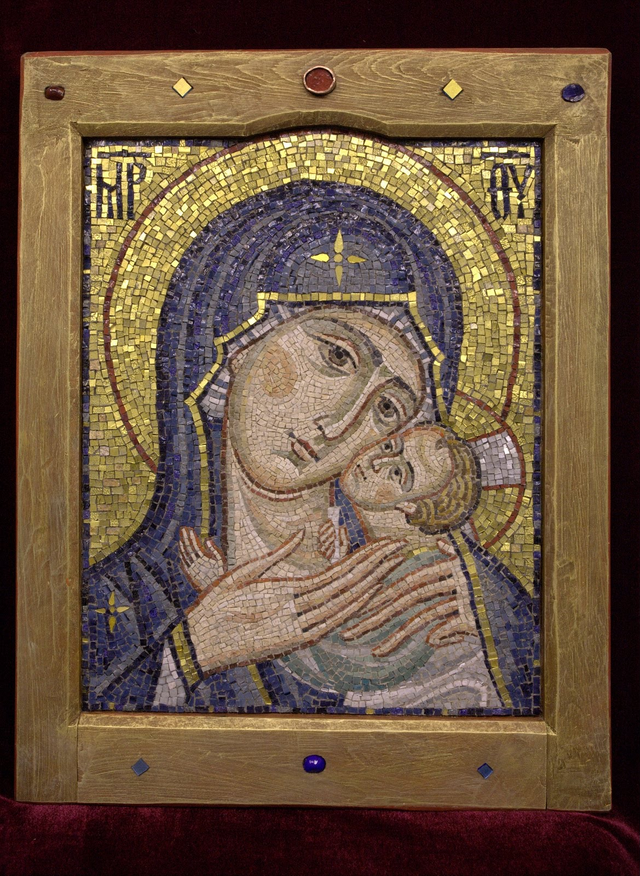
Virgin of Tenderness, by Yuri Yarin
Stephen Chow will be joining the Steemit community soon. He is currently awaiting account confirmation, so watch out for the handle @chowcollection, which should be online any day now.
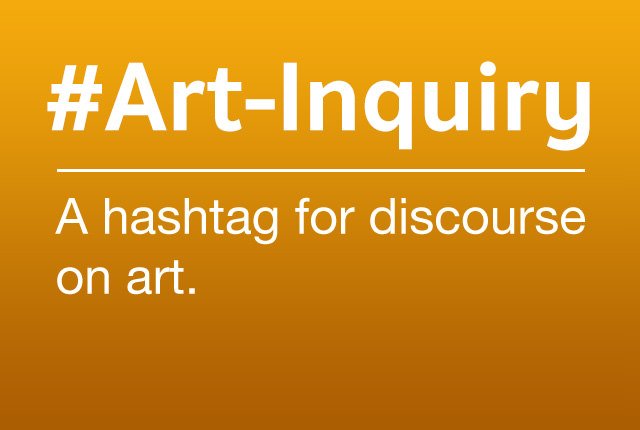
Follow my creative journey on Instagram!
John Dykstra
Hi. Thanks for sharing your book recommendations about art! I am just beginning to educate myself about modern art and I've enjoyed reading this book, for beginners.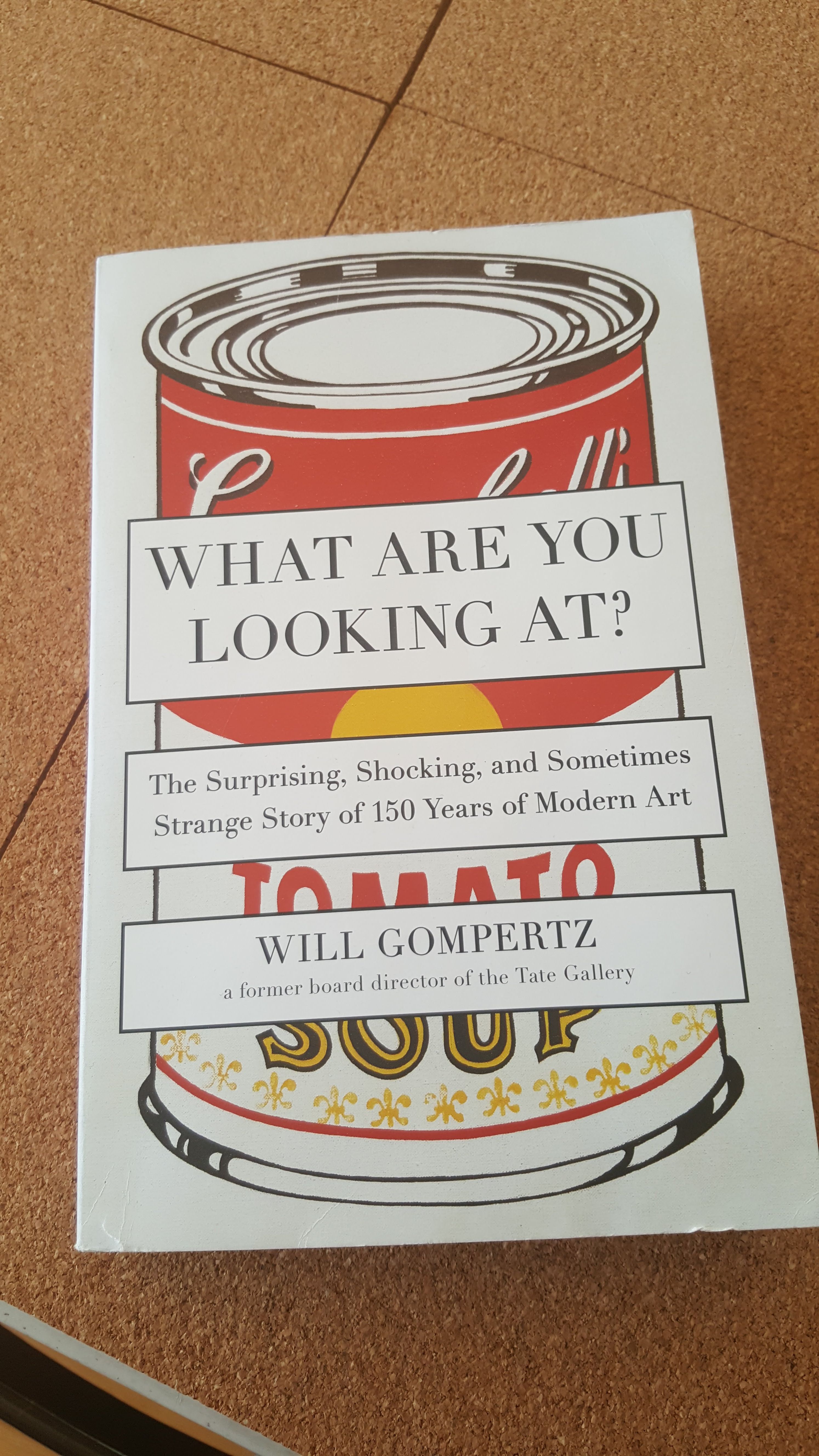
It's very engaging and approachable. Curious if you know it. Maybe some of your other followers who aren't quite as experienced as yourself would also find this interesting and a good place to start. Thanks for your insightful posts. Your dedication to what you do is inspiring. -TL
This book looks great! I haven't heard of it. I'll add it to my reading list. Thank you!
wow - that is quite a post! I will have to set this aside for further reading later on!
First image in your post that pops up is Botticelli's Venus - coincidence with my latest post that you commented on?
upvoted and resteemed
Thank you, Otto! Definite coincidence. Your work is beautiful.
What an inspirational post and I agree with you on the importance of public libraries. Sadly stories like yours don't often reach the ears of the funding bodies and they are all too often one of the easiest savings to make in public spending cuts.
It's sad that this is true, and often the case because the impact libraries have aren't always immediately apparent.
Freaking bookmarking this post.
I forgot to add the moral of the story for artists looking for their patron: follow your intuition and don't be afraid to make connections, especially with those you aren't expecting anything from.
It took me ten years to find this kind of support, and it came when I least expected it. The best way to find support isn't by sticking your work in everyone's faces, but to continue developing your creative vision, and to continue creating better and better artwork.
This its a great post! I do not know what to say... it's a very rich post because its this, knowledge, what we must share here. Very very thanks.
Ahh, thank you! It's a pleasure to be able to contribute
The one on visual intelligence is very interesting!
Such a high brow list of books! I cannot climb to such height! But it’s very challenging
I never went to an art school; I'm a community college student. Everything I learned was out of pure interest and ambition alone! It's not about asking whether or not you can, it's about asking yourself if you want to, and if you want to, then just do it!